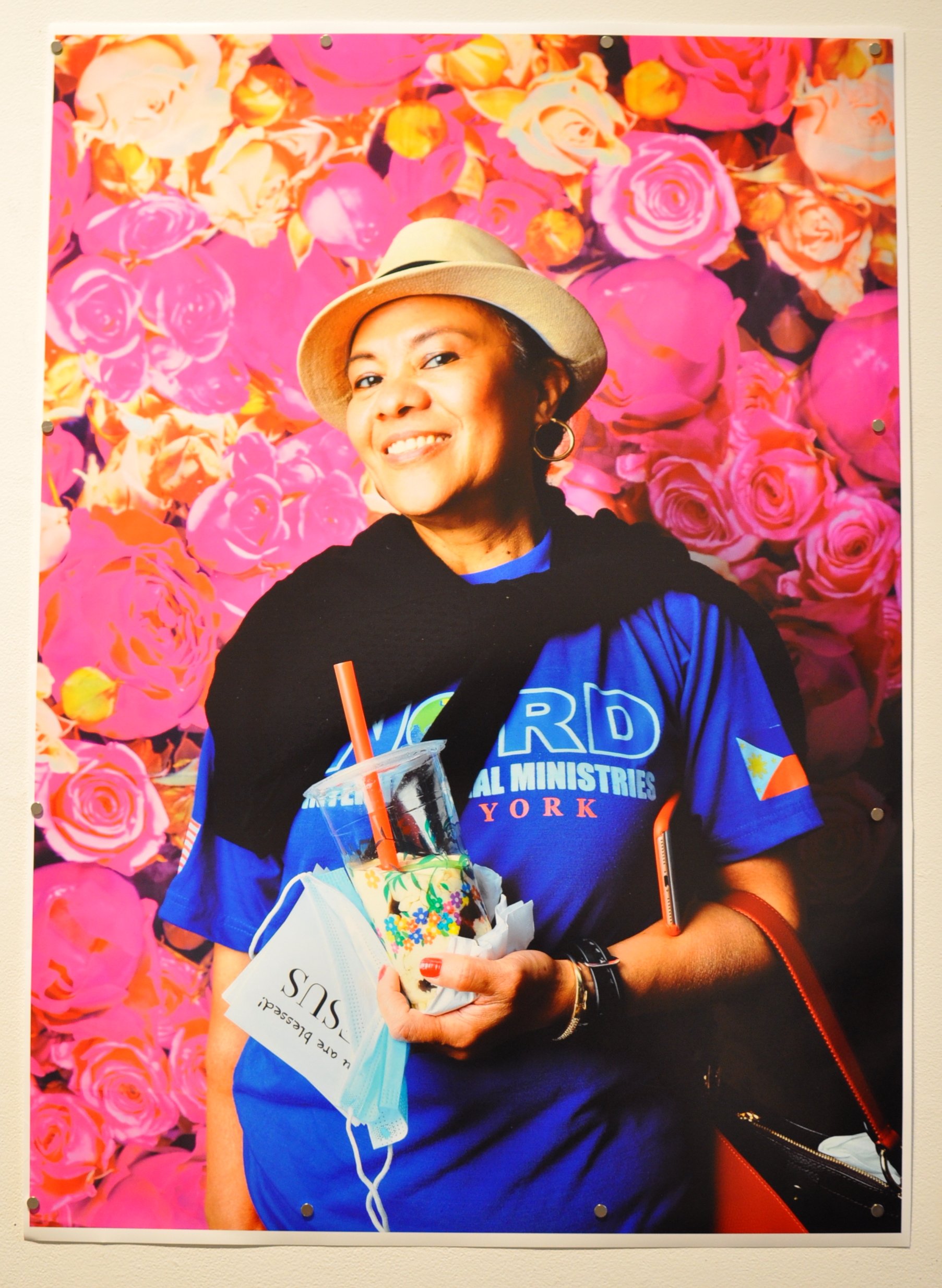An Intimate Look at the Hidden Cost of Care
The Tandang Sora Project masterfully chronicles the long lineage of Filipino care workers.
QUEENS – Curator Jaclyn Reyes’ latest art exhibition delicately peels back the layers on the Philippines’ most lucrative export: care labor.
Through various architectural renderings, a nine-foot paper mâché lola puppet, and ethereal digital illustrations, the Tandang Sora Project: Building Care and Public Memory pays homage to three centuries of contributions made by immigrant Filipino women.
The exhibit was inspired by the beloved Filipino heroine Tandang Sora, who is notably revered for caring for the sick and injured revolutionaries during the 1896 Philippine Revolution. When the Spaniards learned about Sora’s aid activities, she was arrested, imprisoned, and exiled to Guam while refusing to share information about the Filipino revolutionaries. Tandang Sora eventually returned from exile to the Philippines in 1903 after the U.S. took control of the country.
In one corner, a larger-than-life ‘Lola Puppet’ erected in honor of Tandang Sora towers over. Multidisciplinary artist Xenia Diente crafted the puppet to visually counter the xenophobic attacks against older Asian women during the COVID-19 pandemic. The puppet’s hand is in pagmamano, a gesture of respect used by pressing an elder’s hand on one’s forehead.
“This gesture, resonant with cultural significance, became a compelling expression of resistance against the disturbing incidents,” shared Diente in her artist statement. The sculpture stands tall with conviction, draped in a white and gold kimono-style silhouette with baybayin script detailing.
For Reyes, her personal inspiration to care traces back to memories of her Tita Caring, the Yaya who raised the curator as a child.
“With Tita Caring, I never saw her get the flowers she deserves,” said Reyes. “I know that she was happy in the work she did, but I always felt she deserved better.”
Reyes shared fond memories of Tita Caring helping other women at the clinic her mom started but that she could never travel back to the Philippines because “everybody was relying on her for remittances.”
Using various co-creation methods like collage making and weaving, each corner of the exhibit prompts the viewer to interrogate the hidden cost of care work, delving deep into areas often painful to reconcile.
“The need for care is because the system extracts it from us,” said Reyes.
From nurses to home aides, Filipinos have long been on the frontlines of the global care industry – but at what cost? The Tandang Sora Project carefully explores this question. While Filipino nurses make up only four percent of nurses in the country, they accounted for roughly 25 percent of nurses who died from COVID-19.
Reyes knew she couldn’t do it alone to bring this vision to life. Over the last year and a half, she enlisted the help of trusted artists-friends to create what she calls a ‘monument to care workers.’
“Telling people the history is not enough, you know… you need other ways to tap into people [and] these stories emotionally,” said Reyes.
The exhibit features work across mixed mediums from artists and cultural workers Maria Arenas, Princes Diane De Leon, Xenia Diente, Dennis Madamba, Dax Masiglat, Jaclyn Reyes, Kimberly Tate, and Ezra Undag.
Nested throughout the gallery are moments that invite the audience into the artistic process themselves. On one wall, a large wooden loom with brown, yellow, and blue interwoven fabric becomes an emblem for how different family stories come together; each color represents another generation. Viewers can select a piece of colored fabric and weave it through the loom, leaving just enough of their end fabric for the next person to tie theirs to.
Reyes’s inspiration, Tita Caring, passed away just a few months shy of the exhibit opening this past April. Reyes said it unexpectedly changed her relationship with the work, transforming the exhibition into an artistic and grieving process for her.
The project serves as a moving tribute to Tita Caring and other Filipino care workers. Reyes hopes it can be a galvanizing tool toward critical dialogue and action for radical care.
“If it's leveraged correctly, it can hopefully be a space to heal and to dream something different.”
The exhibition is open to the public until December 17, 2023, at the Flushing Town Hall Gallery.






